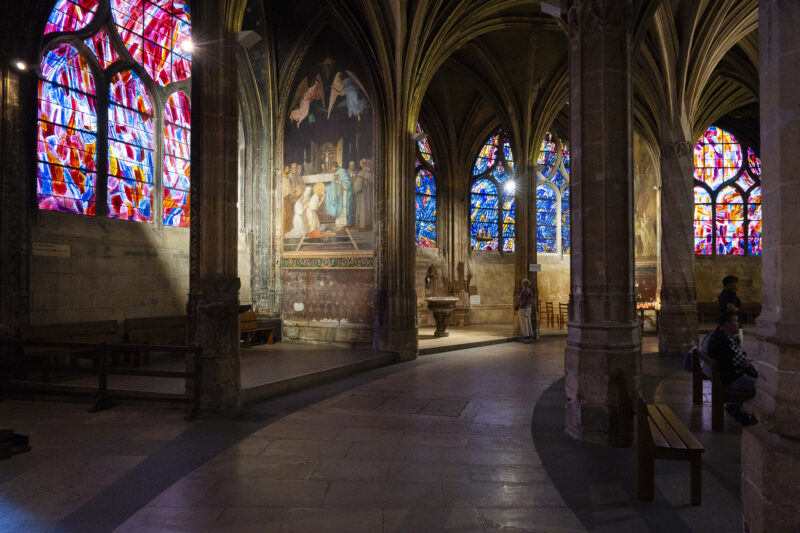City trip to Paris: strolling through Saint-Germain-des-Prés
Saint-Germain-des-Prés, the literary heart of Paris, with its stores, bars and restaurants, museums and art galleries is undoubtedly one of the hippest neighborhoods in Paris. Stroll through romantic streets and hidden squares and discover the 6th arrondissement with its stylish luxury in the spirit of the Rive Gauche.
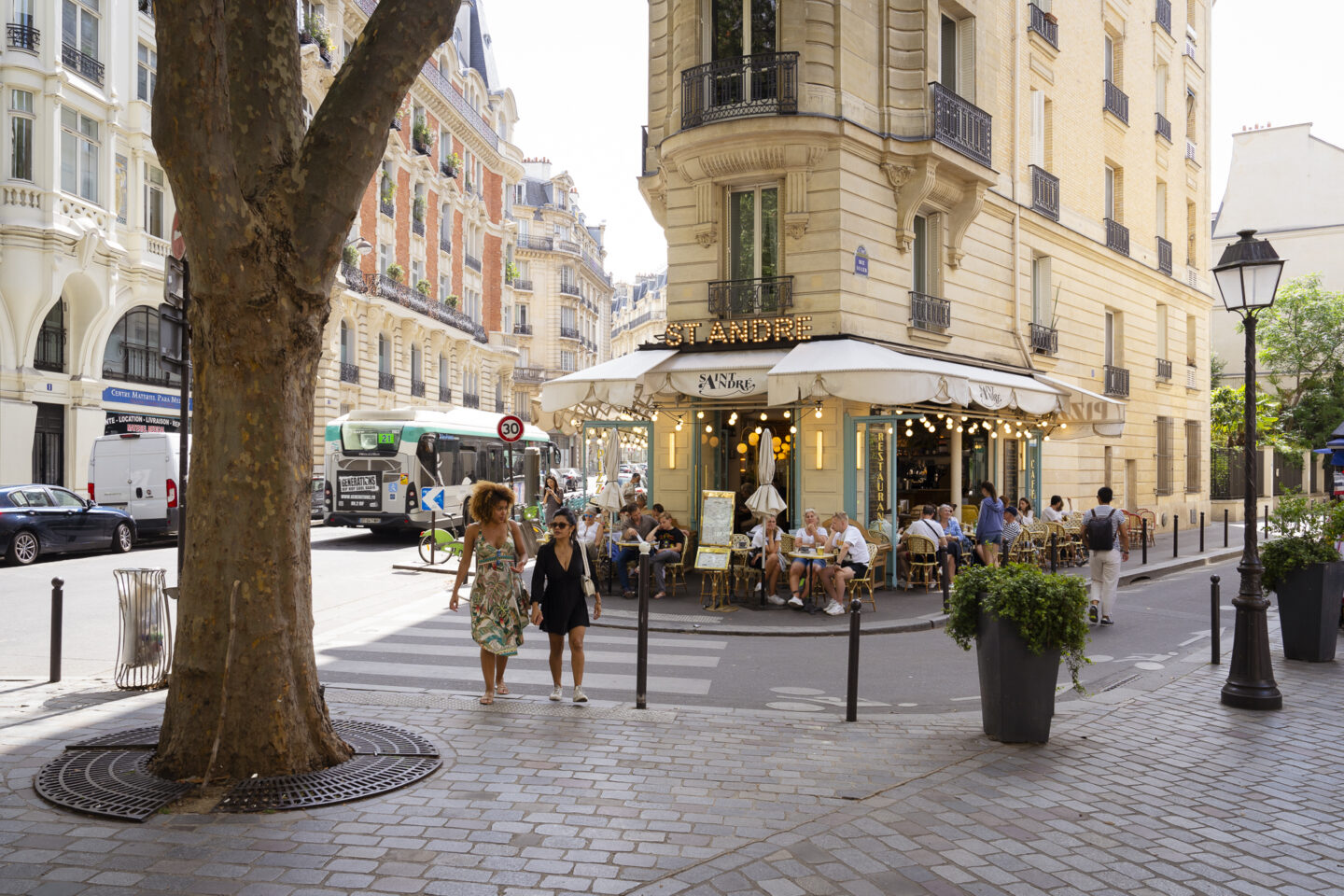
Jardin and Palais du Luxembourg
Covering 23 hectares, the Jardin du Luxembourg is one of the most beautiful and famous gardens in Paris.
The groundwork for the current garden was laid by Maria de Medici. After the death of her husband Henri IV, Maria de Medici wanted to build a palace away from the Louvre. She bought the Petit Luxembourg mansion from a close friend in 1612 and had a royal Italian-style residence designed. The majestic building overlooks a pool with sculptured fountains and is surrounded by abundant landscaping. There is an orchard with heirloom apples, a greenhouse with orchids and a rose garden. Throughout the park there are plenty of sculptures. My favorite spot is the romantic garden with the imposing De Medici Fountain.
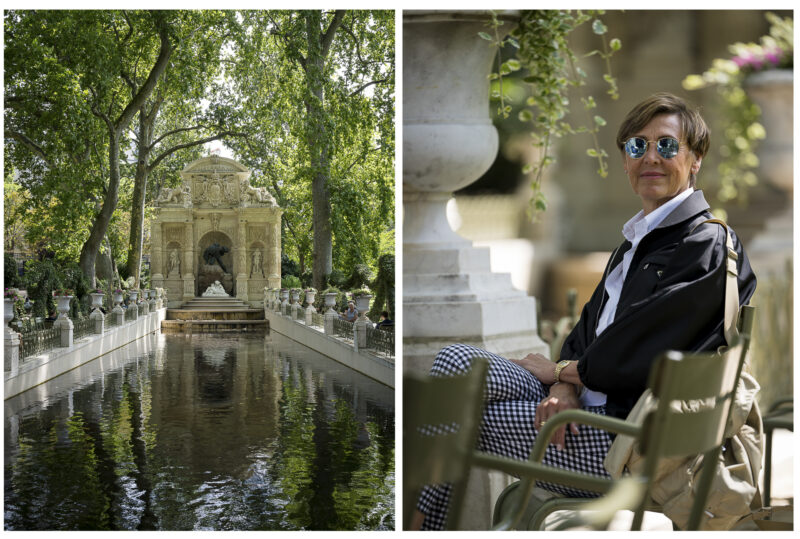
The Palais du Luxembourg houses the French Senate. The palace and gardens are owned by the French state. Most of the grounds are open to the public. Parisians and tourists come to walk, run, read and play with children in the spacious lawns. You can also attend exhibitions, concerts and a range of activities.
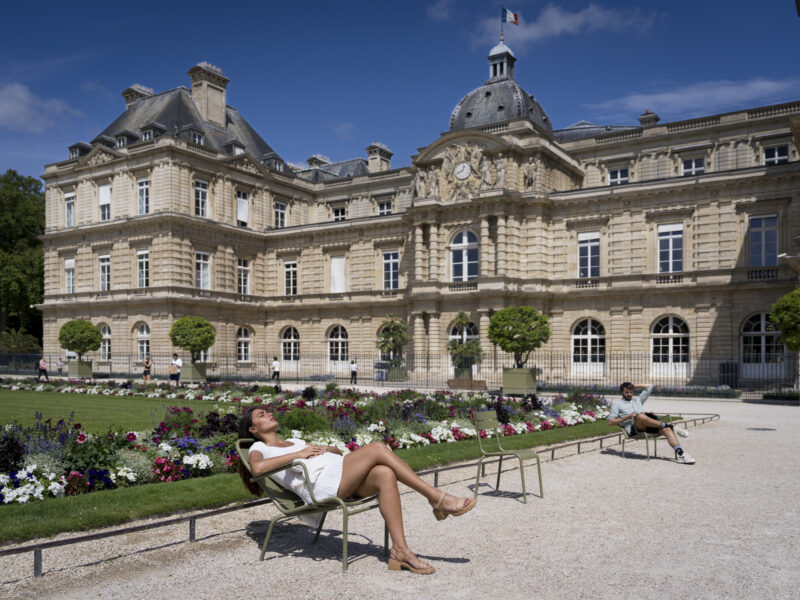
Poilâne Bakery
After a nice stroll in the Jardin du Luxembourg, you're bound to be ready for a sweet treat. A short walk will quickly bring you to the iconic, artisanal bakery Poilâne. Baking bread is an act of love at Poilâne. With passion for the product and love for the ingredients, 3 generations built a thriving business with an international reputation.
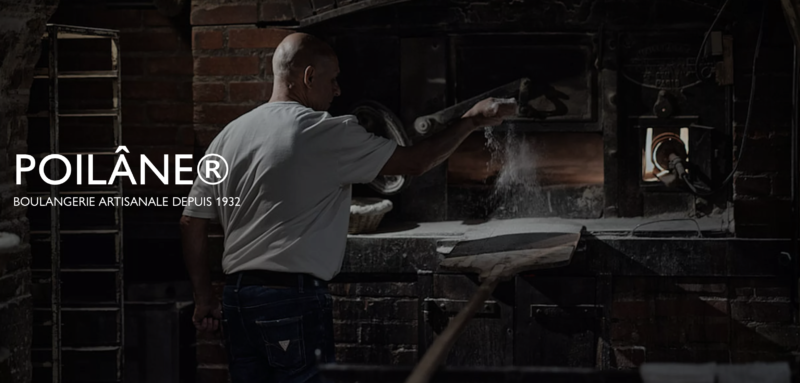
3 generations Poilâne
Bread baking is in the genes of the Poilâne family. Grandfather Pierre opened the bakery in 1932, to this day still located at 8, rue du Cherche Midi. He stepped away from the typical French baguette, produced with white wheat flour and commercial yeast, and returned to the basics: une miche, a large round bread of high quality, savory and nutritious, made with whole wheat and sourdough. You can buy the bread by weight, as a whole, in pieces or slices.
Son Lionel was rather reluctant to follow in his father's footsteps. His interest turned towards culture and art. His friends, such as Salvador Dalí, were the intellectuals, philosophers and artists of Saint-Germain-des-Prés. But blood will tell. Lionel was a man of the world and brought the reputation of the bakery far beyond the borders of Paris and France. Poilâne bread was being shipped to the United States, South Africa and Hong Kong.
But disaster struck in 2002. Lionel Poilâne and his wife crashed by helicopter on their way to their estate in Brittany. The third generation, daughters Apollonia only 18 years old and her sister Athena 16, are on their own. From a young age, Apollonia had helped in the bakery. She knows the ins and outs of dough and bread. She understands the workings of sourdough and has mastered the fire in the wood-burning oven. Yet she faced the biggest challenge of her life: saving the family business while completing her studies. With tremendous strength, perseverance and love for the profession, Apollonia continues her father's success story. She sticks to tradition and does not deviate from the know-how of the Poilâne brand. The result is amazing.
Poilâne Bakery has several addresses in Paris, but the original store is still 8, rue du Cherche Midi. You can order Poilâne bread and the blissful punition cookies online.
Boulevard Saint-Germain
Les Deux Magots and Café de Flore
Today, the more than 3 km-long Boulevard Saint-Germain is known for its high-end boutiques and restaurants. In the early 20th century, the neighborhood was the cultural and intellectual heart of Paris. Two cafés in particular made Saint-Germain-de-Prés world famous: Les Deux Magots and Café de Flore, the places-to-be in the early 20th century for artists, writers and philosophers. Famous names such as Hemingway, Picasso and Sartre as well as nationalist movements made the cafés their homes. Both venues have now become classic brasseries but still managed to retain their historic vibe.
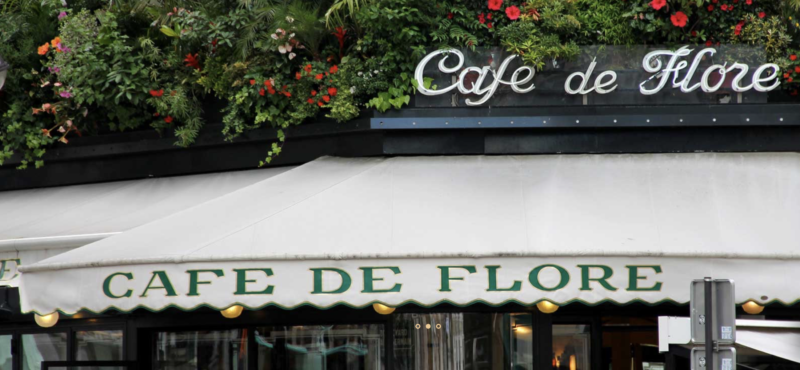
Ralph’s
American fashion house Ralph Lauren needs no introduction. The world-famous brand has its flagship store along Boulevard Saint-Germain housing one of my favorite addresses for a lunch 100% classic Americana: Ralph's. Hidden behind the facade of a 17th-century mansion, the restaurant has one of the most beautiful summer terraces in Paris. During the dreary winter months, coziness prevails at the restaurant with its sophisticated and romantic ambiance. My favorite dish at Ralph's is crab cake, an American classic made with delicious, juicy crab.
You'll also find Ralph's in Milan, New York and Chicago. Advance reservations are highly recommended.
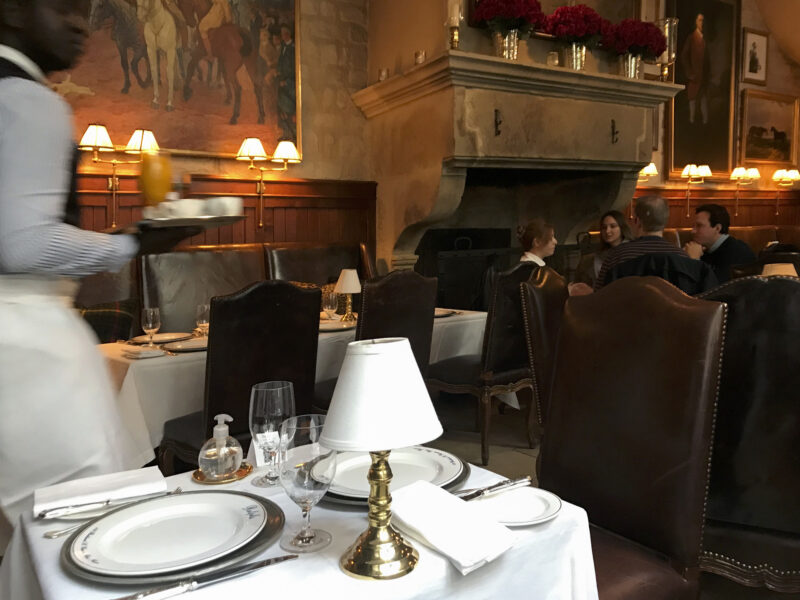
Cour du Commerce Saint-André
Step back 300 years in time and enter the Cour du Commerce Saint-André. The small alley, located just behind Boulevard Saint-Germain, allows you a glimpse into the Paris of yesteryear. Small stores and bistros crowd the narrow alley still paved with medieval cobblestones. The pedestrian street is a jewel in the city's historic past. Here artists, conspirators, revolutionaries and philosophers met around a cup of coffee or a glass of wine. It is also the place where the modern guillotine, extensively used during the Reign of Terror at the end of the 18th century, was developed and tested.
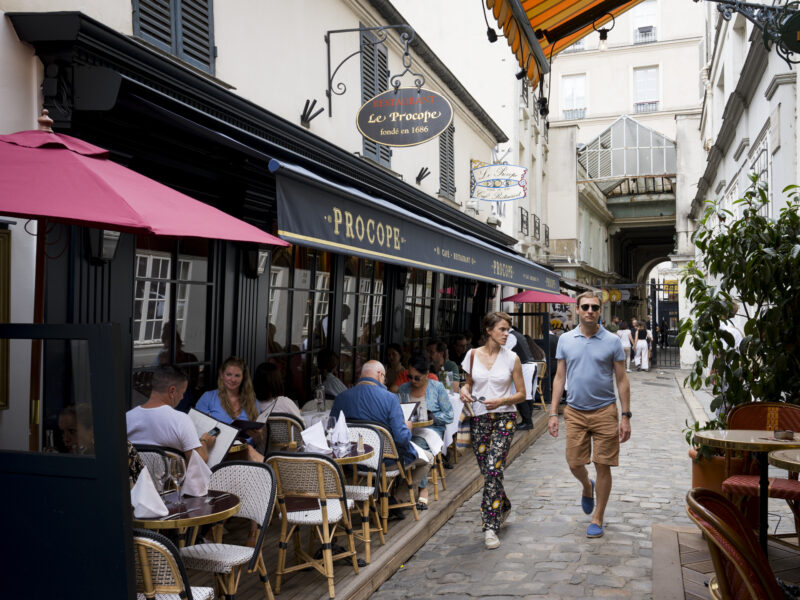
Le Procope
Didier and I step inside Le Procope, undoubtedly the first café in Paris, founded in 1686. By then, the cup of coffee was making its way from Italy to France and arrived at the royal court in Paris. The beverage, which had its origins in Ethiopia and Yemen, became an on-the-spot success. A clever Sicilian named Procopio opened his establishment in rue de l'Ancienne Comédie where he served the new hype of the time with delicious pastries at beautifully set tables in a luxurious decor. The place attracted philosophers, artists, thinkers and revolutionaries. Rousseau, Voltaire, Robespierre, Victor Hugo and de Balzac were loyal customers. Even Thomas Jefferson, Benjamin Franklin and Napoleon Bonaparte frequented the place. The iconic hat Bonaparte left behind in payment for his drink can still be admired today on the second floor of the restaurant.
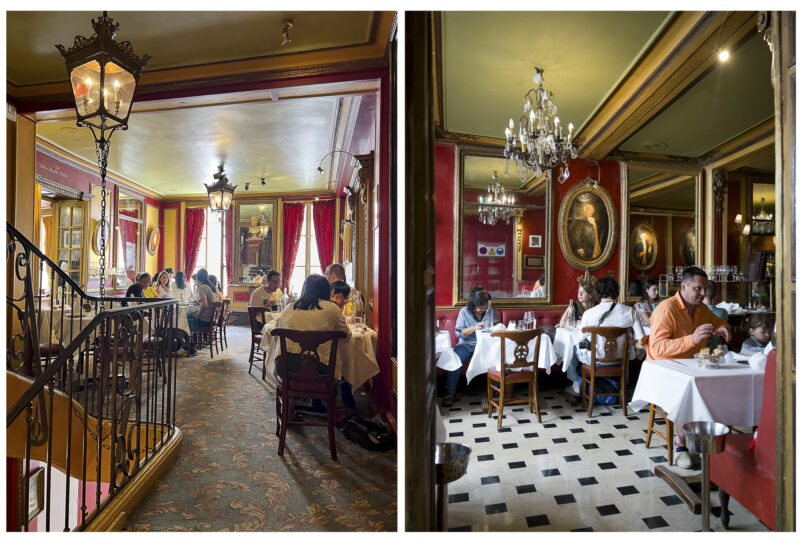
A visit to Le Procope is a real treat. The many lounges and separate sitting areas exude sumptuous coziness. The charming terrace is set in the Cour du Commerce Saint-André. The charming waiter Diego skillfully serves us a refreshing appetizer of sea bream, followed by a classic tartare made from Normandy beef. On the menu are French favorites such as onion soup, escargots, fried sole, duck liver pate, vol-au-vent and even calf's head made after the 1686 recipe, for the enthusiasts.
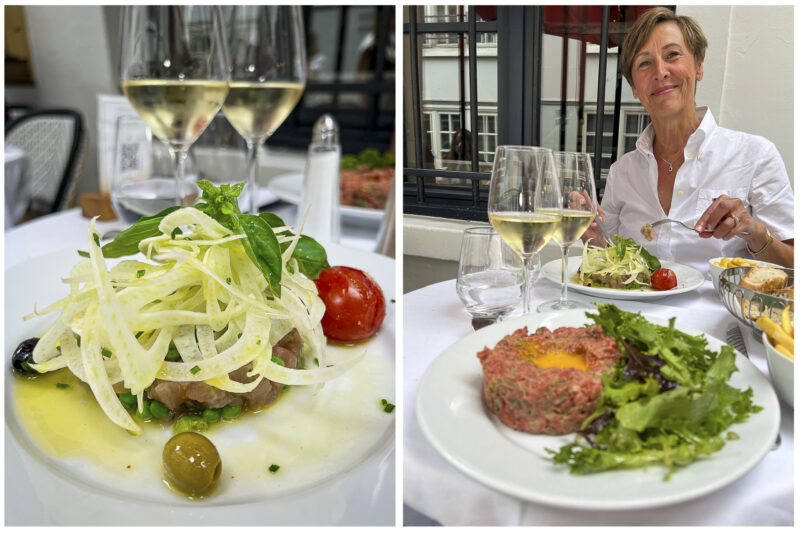
Maison Brémond Fils, fine specialties from Provence
The grocery store Brémond Fils, located at the address 8, Cour du Commerce Saint-André, is a great place for a nice souvenir of your trip to France. Here you find the best of the Provence region and the Mediterranean: cookies, herbs, olive oil, soaps and other delicacies. Brémond only works with artisan producers known for the quality and authenticity of their products. Maison Brémond opened its first store in 1830 in the city of Aix-en-Provence. Now you can find them spread all over France. They also have an online shop.
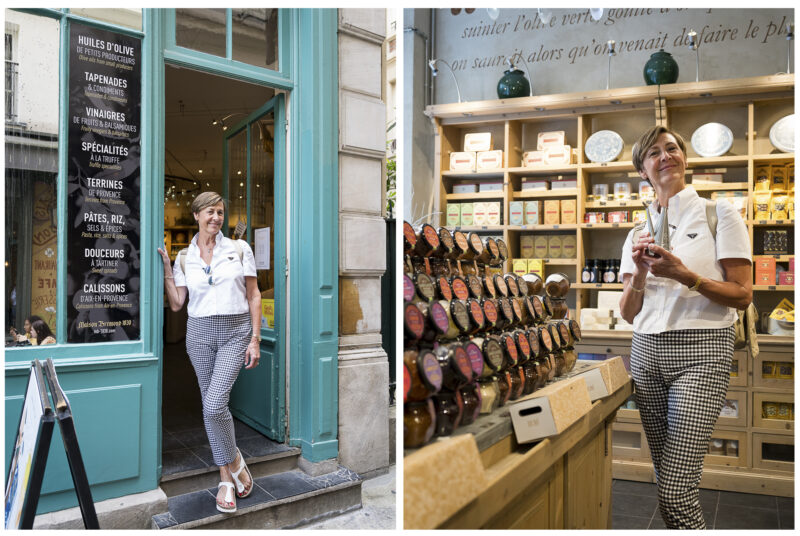
On the edge with the Latin Quarter: the Saint-Séverin church
Not far from the Pont Saint-Michel, the bridge over the Seine connecting the Latin Quarter to the Ile de la Cité, you pass by the Saint-Séverin Church. The parish in honor of the hermit Séverin was founded on this spot in the 11th century. The current church is definitely worth a visit. It was for the greater part built in the 15th century but still contains elements dating back to the 12th century. Inside, you can admire the colorful stained-glass windows and the imposing organ dating back to 1745.
